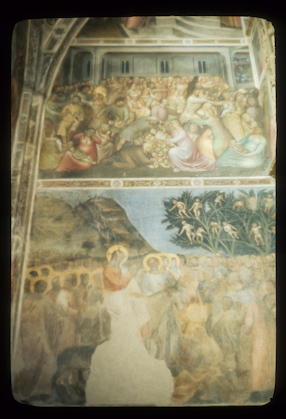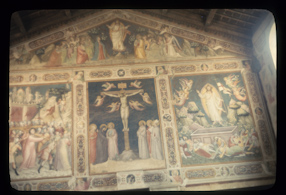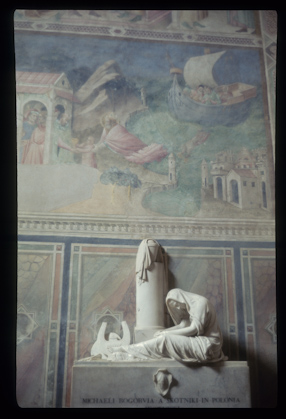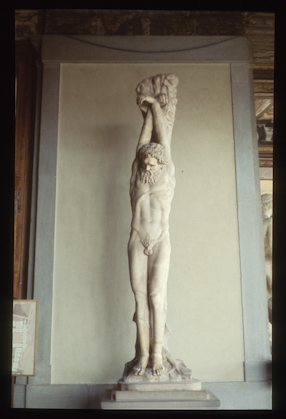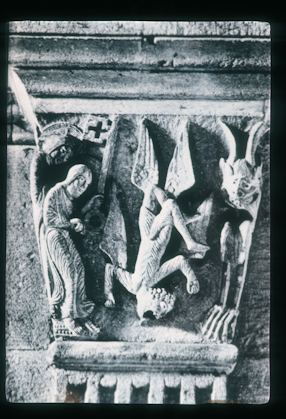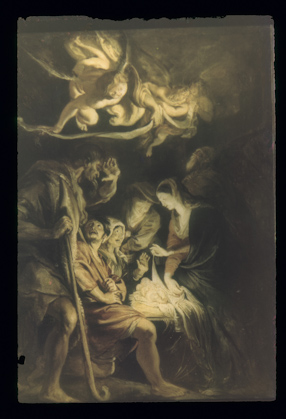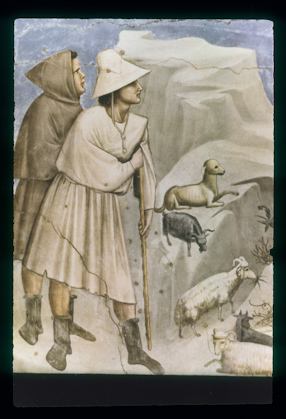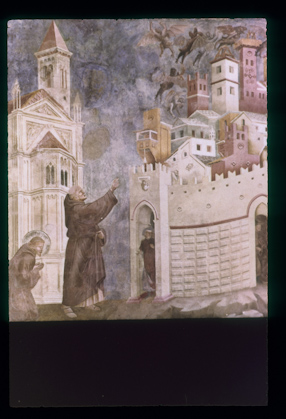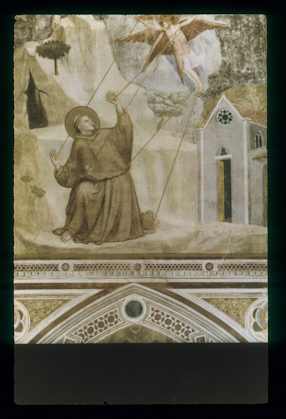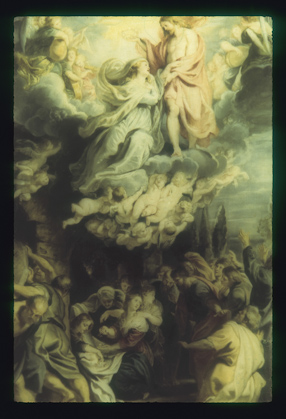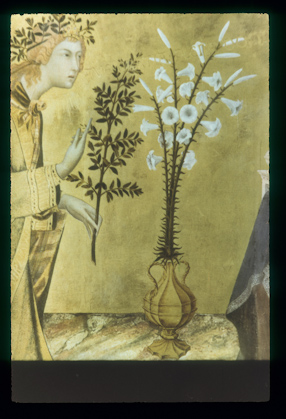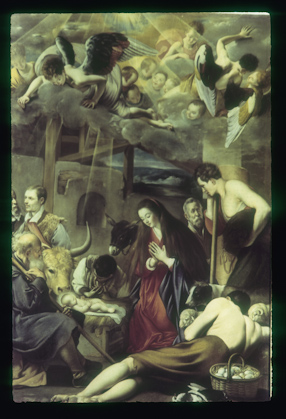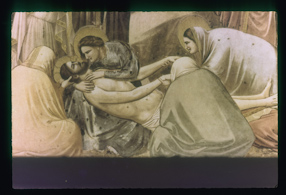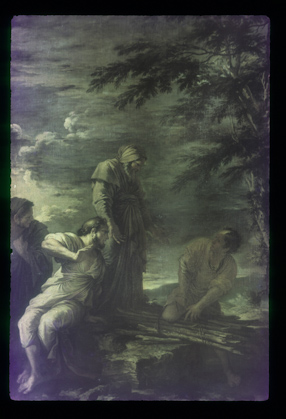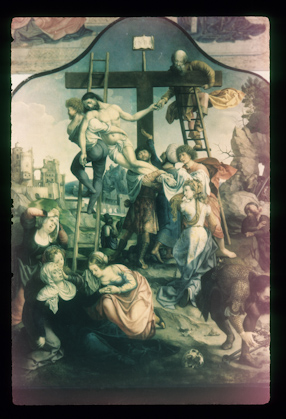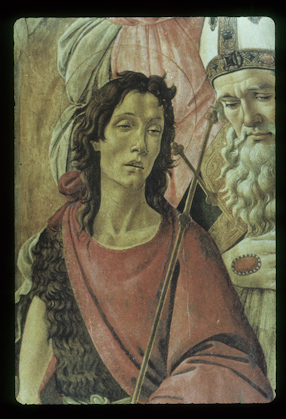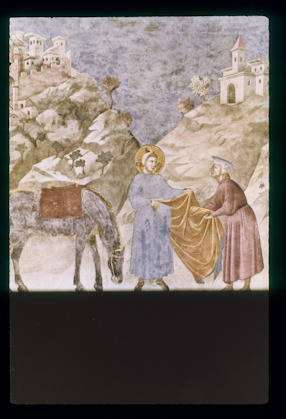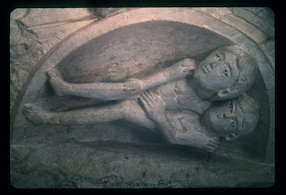Sacral Art (1-50/197)
"Sacrality is a term having a religious content for many people but actually it has a deeply human content. A sacral matter is also an oath, cordial handshake, something what binds to faithfulness, to defence of some idea. [...] Viewed in this light, sacrality is still at the root of art at all" - Hasior wrote in "Myśli o sztuce" ["Thoughts on Art"] (Nowy Sącz 1987). Hasior was always interested in Sacrum, like, in the dramaturgy of religious ritual. "Sztuka Sacralna" [sic!] ["Sacral Art"] is a set of religious images, mostly from the Christian-occidental culture but it also includes one monument of a pre-Christian culture - a figurine of an idol. Early-Renaissance Giotto's frescoes border here on Spanish Baroque painting and early-medieval art. These are photographs from Hasior's travels and re-photographed pages of albums. The artist analysed these images in terms of their force of impact. The notebooks collected here constituted for Hasior a map of formal and textual possibilities as well as an iconographic map for his art and the religious art itself - a space for realising certain archetypical patterns. "Basically, I draw on religion as well as on culture and tradition. I benefit from it as from an information code about values: information code of images, symbols. And I use it to express secular contents. Christ presented by me is only an allegory of humanity. [...] Christian iconography is after all a set of certain archetypes common to our cultural area. Therefore it allows me to establish direct contact with a recipient raised within similar cultural and ideological habits and customs" - "Myśli o sztuce" ["Thoughts on Art"], Nowy Sącz, 1987).
The set includes "Notatniki" ["Notebooks"]: "Sztuka Sacralna" ["Sacral Art"] (180), "Obrazy religijne" ["Religious Images"] (302), "Portret religijny" ["Religious Portrait"] (345).
